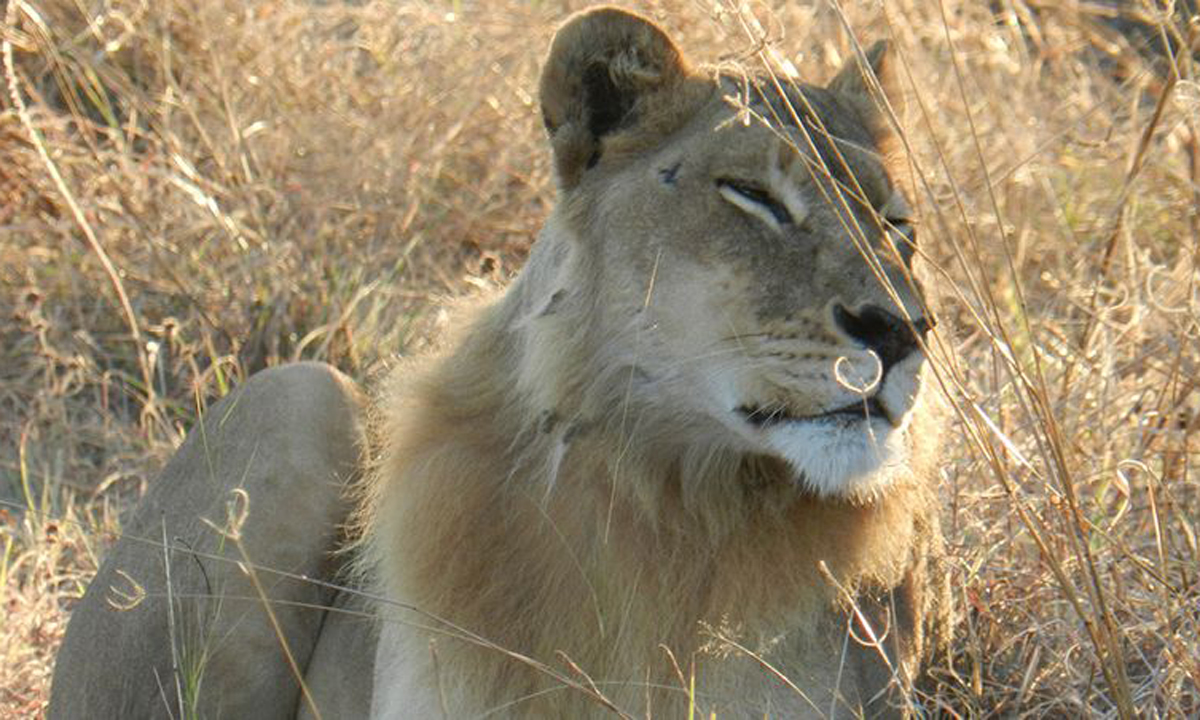
Lion researchers in Botswana have happened upon quite a spectacular group of lions.
Five lionesses in the region have grown manes and are exhibiting very male-like behavior, such as mounting other females, marking territory, and roaring.
While females do sometimes roar, these particular individuals are roaring on a regular basis which is something that the males in the pride generally do. One of the females was also observed killing 2 cubs from another pride when one of her kills was stolen, something almost unheard of in females.

Geoffrey D. Gilfillan, the lead researcher in the Moremi Game Reserve expedition said of one individual (called “SaF05”), “While SaF05 is mostly female in her behavior — staying with the pride, mating males — she also has some male behaviors, such as increased scent-marking and roaring, as well as mounting other females.”
He continued, “Although females do roar and scent-mark like males, they usually do so less frequently. SaF05, however, was much more male-like in her behavior, regularly scent marking and roaring.”

The females are also considered to be infertile, as they have been seen mating with males but there were no resulting pregnancies.
The male similarities and behaviors are presumed to be due to increased levels of testosterone, says President and Chief Conservation Officer at Panthera, Luke Hunter. Testosterone affects mane growth. One lioness in a South African zoo developed a mane, and testing revealed that she had high testosterone levels due to an ovary problem. Once her ovaries were removed and her testosterone levels returned to normal, her mane disappeared.
Scientists do not believe that this will be a problem for lion populations as a whole, as all 5 of these lionesses live within the same area in Botswana’s Okavango delta.
Watch another example of a lioness with a mane, a female at the Philadelphia zoo whose age had resulted in a hormonal imbalance:




